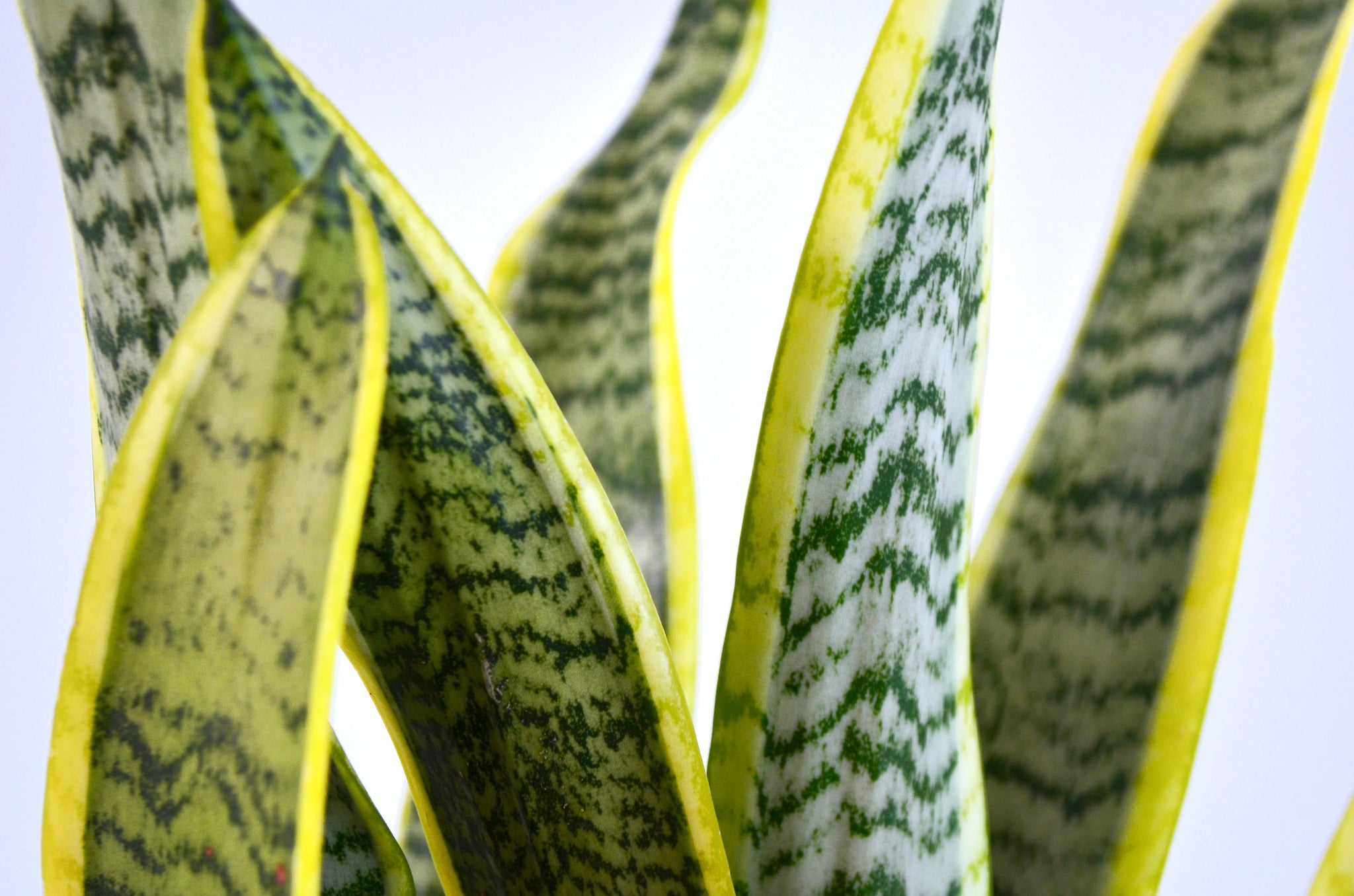Not known Facts About Snake Plant Leaves Turning Yellow
The Single Strategy To Use For Snake Plant Leaves Turning Yellow
Table of ContentsNot known Facts About Snake Plant Leaves Turning YellowSome Ideas on Snake Plant Leaves Turning Yellow You Need To KnowOur Snake Plant Leaves Turning Yellow Diaries6 Easy Facts About Snake Plant Leaves Turning Yellow DescribedAbout Snake Plant Leaves Turning YellowLittle Known Questions About Snake Plant Leaves Turning Yellow.
Here are 7 reasons your snake plant's fallen leaves can be transforming yellow and just how to fix it. A number of various plant problems can cause yellow fallen leaves, or chlorosis. Chlorosis occurs when plants do not have the micronutrients they need to create chlorophyll, that makes foliage environment-friendly and allows plants to convert sunlight right into food.Snake plants are drought forgiving thanks to their delicious fallen leaves (Snake Plant Leaves Turning Yellow). These plants grow ideal in loose, well-drained dirt that's permitted to dry entirely in between waterings and may just require water when monthly throughout winter months. Overwatering can prevent roots from soaking up wetness and nutrients that the plant needs and can even cause origin rot
A potbound plant can not soak up nutrients from the dirt. If your serpent plant is chock-full or outgrowing its pot, this might be the cause of yellow leaves. An occasional yellow fallen leave is entirely normal for a serpent plant. As the plant ages, old leaves yellow, pass away, and hand over as they're changed with brand-new ones.
Snake Plant Leaves Turning Yellow for Dummies

If the fallen leaves on your snake plant are getting soft, it's normally a sign of excessive water. Snake plants shop water in their leaves and if they're overwatered, the fallen leaves can come to be soft and mushy. If you assume your serpent plant is being overwatered, allow the soil to dry out entirely before sprinkling once more.
Yes, some yellowing is regular and to be expected on older leaves, especially as serpent plants age. If the plant is or else healthy and the fallen leaves are only gently yellowed after that there is no cause for problem. Nonetheless, if the leaves are substantially yellowed or if there are other signs of distress then it's best to act.
All about Snake Plant Leaves Turning Yellow

This can vary relying on the size of the pot, the kind of potting mix, and the temperature level and humidity levels. Generally, snake plants ought to be watered every one to two weeks. During the cold weather, you can minimize watering to when a month. If you assume your snake plant has actually been overwatered, the very first action is to stop watering it.
With a little investigation, you should be able to determine the reason and take actions to take care of the trouble and have a healthy and balanced serpent plant. - Snake Plant Leaves Turning Yellow
See This Report about Snake Plant Leaves Turning Yellow
The snake plant is a trendy houseplant. The serpent plant is one of those plants that are great for growing indoors in a terrarium, Serpent plants can expand fairly huge, yet they additionally often tend to be quite low-maintenance.
When the dirt is overwatered, the plant cells absorb more water than they can keep. Read right here to Leaves come to be soaked and yellow as they soak up extra water. Sagging snake plant fallen leaves are triggered by soaked-up leaf cells losing their suppleness. You might discover that your snake plant will become black or brownish if the yellow patches are not dealt with by dealing with overwatering.
It is, consequently, most likely that your plant will find pop over to this site yellow spots on its fallen leaves if you overfeed it with fertilizer throughout winter. The fallen leaves of serpent plants are likewise prone to yellowing when overfed, particularly if the roots are breakable. Repotting your yellowing, sprinkling just when the soil dries, and providing optimum temperature level and light conditions can wait.
Snake Plant Leaves Turning Yellow - The Facts
To stop yellowing caused by overwatering, quit watering the snake plant up until the soil totally dries out. Water your serpent plant only when the leading two inches of dirt feel completely dry.
Your can be eliminated by removing the yellow suggestions. The trimmed leaves need to expand longer if they are watered properly and have optimum light and temperature level conditions. It is necessary to bear in mind that the sharp ideas will certainly not regrow, causing them to stand apart from the remainder of the leaves.
It will not take wish for the leaves to regrow and expand like the healthy and balanced fallen leaves around them. Alternately, you can eliminate afflicted leaves from the base of the plant. The shows that it's obtaining also much or inadequate light or nutrients. The vital message is to allow the snake plant time to recover.
Snake Plant Leaves Turning Yellow Things To Know Before You Get This
Scroll the post till the end to check these guys out find the remedy. Listen to this article right here: The situation can be anticipated if you have actually had your snake plant for a very long time, and yellowing takes place on the reduced leaves as a natural aging cycle. Likewise, it prevails for the Sansevieria delegates transform yellow due to newbie mistakes and when the plant is simply acquired from the nursery for repotting.
Sansevierias like completely dry environments and anonymous prefer little water preserved at a gap of as soon as or two times once a week in summer season and regular monthly in wintertime. When the water dosage obtains out of control, your Sansevieria will suffer from overwatering.